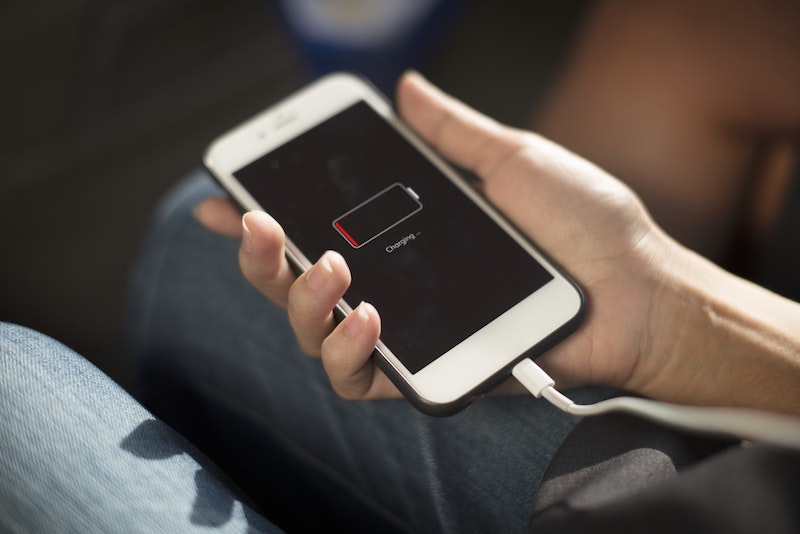 A damaged charging port is one of the most common faults that can occur on a smartphone. It happens easily – repeated plugging and unplugging of a cable into the socket eventually leads to wear and tear.
A damaged charging port is one of the most common faults that can occur on a smartphone. It happens easily – repeated plugging and unplugging of a cable into the socket eventually leads to wear and tear.
Not only can this lead to your phone stopping taking charge completely, and therefore eventually running out of battery and becoming unusable, on iPhones damage to the Lightning connector socket stops you being able to connect to iTunes on an external device to download music, films and so on.
The tell-tale sign that your charging port is damaged is your battery not taking on any extra juice when you plug it in. The good news is that you can often tell if the socket is broken from the outside – if the connection between socket and plug feels loose, or if you can visibly see pins inside the socket are out of line of snapped off, then you need to look at repair options.
Bear in mind, however, that an inability to charge your phone could also be caused by a faulty charger cable, so it is worth testing out a different one first. It may also be simply a case of your socket becoming a little dusty or filled with debris which is blocking a full connection between plug and pin. In this case, blowing some compressed air into the socket, or removing the battery and applying a little contact cleaner, could solve the problem.
Repair options
If you come to the conclusion that it is the socket that definitely needs fixing, there are two options – take your phone to a repair shop, or have a go at doing it yourself. The DIY option appeals to many people because you can buy the parts required so cheap online. For less than £5, you can get complete parts for many smartphone models, with kits including specialist tools you need.
Also, in these days of YouTube instructional videos and How-To gadget blogs, everyone feels like they are only a click away from having the technical know-how to do pretty much anything.
Still, replacing a broken charger socket requires at least an intermediate level of gadget repair skill and an understanding of how smartphones are put together. You will have to completely take your device apart and slot in the new parts precisely, which requires a degree of folding and rearranging to make it fit properly inside the chassis. It is fiddly work, there are tiny screws involved, and if you get it wrong your device could be in a real mess.
There are a few things to consider before taking your device in for repair. If you have an iPhone that is covered under an AppleCare plan, replacing the charger socket will incur the standard £79 surcharge. You can get the work done from independent repair outfits for as little as £50, but this will invalidate you AppleCare cover.
For older devices, Apple and Android, that are no longer covered by warranty or care plans, it is a case of weighing up the value of the device to you. If it is a phone you have recently bought, you may see a £50 charge as a sound investment. But if it is an old work horse that you have been mulling over replacing anyway, perhaps the damaged charge socket is that final little push you need to look for a new phone.


